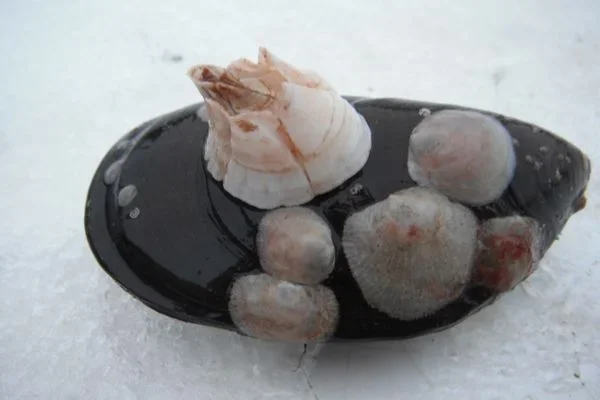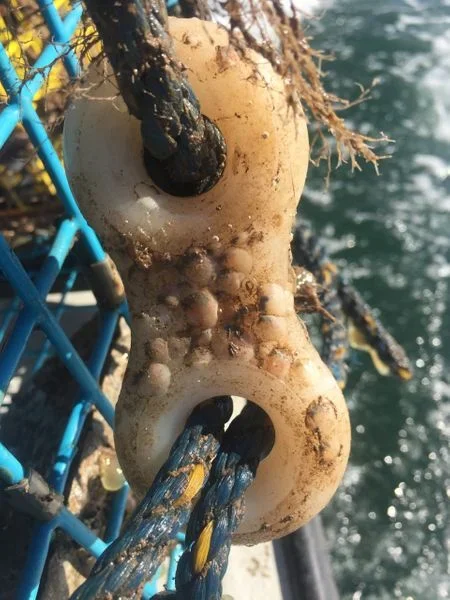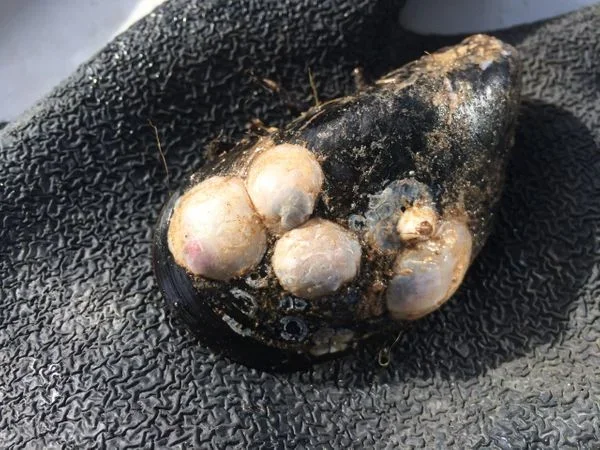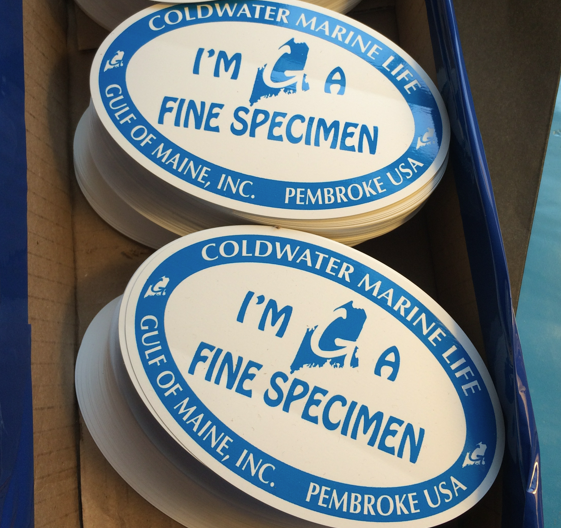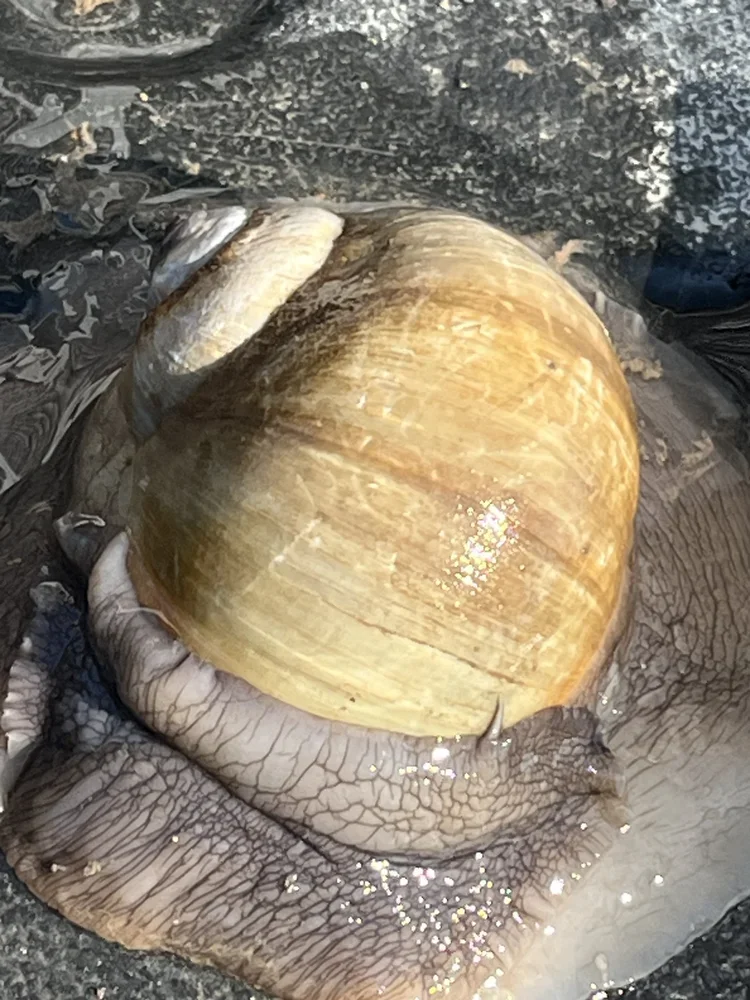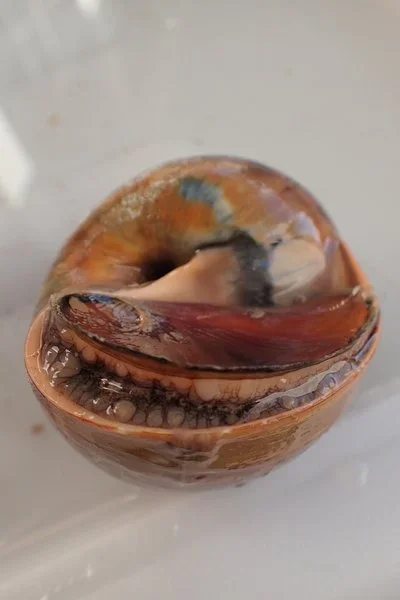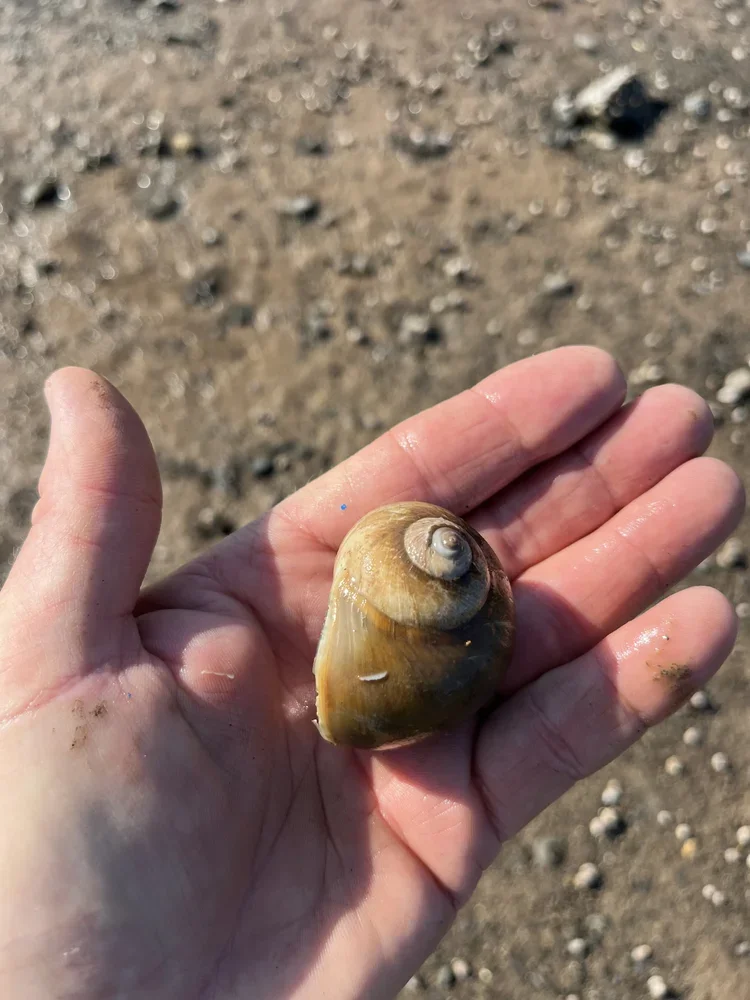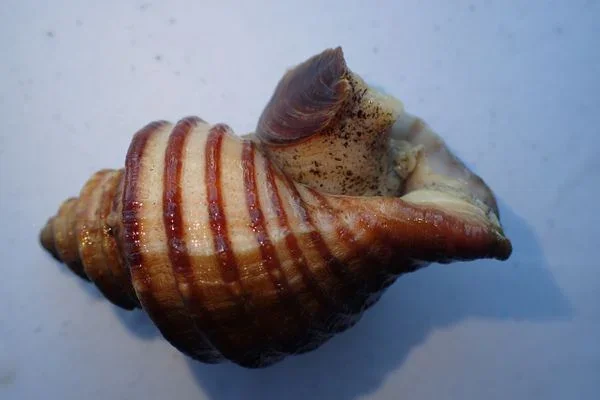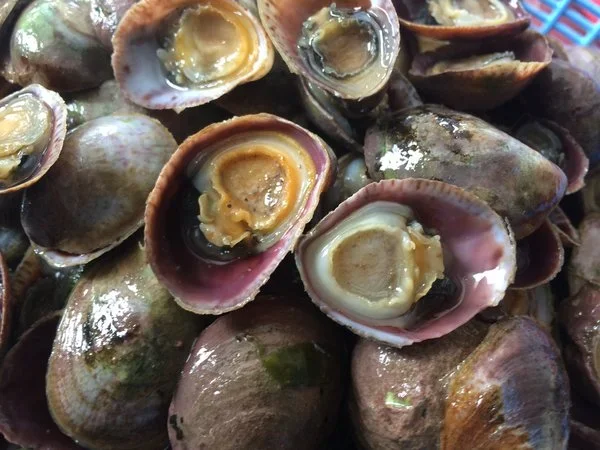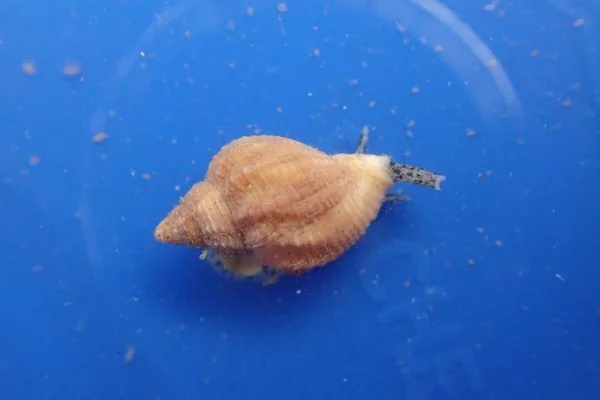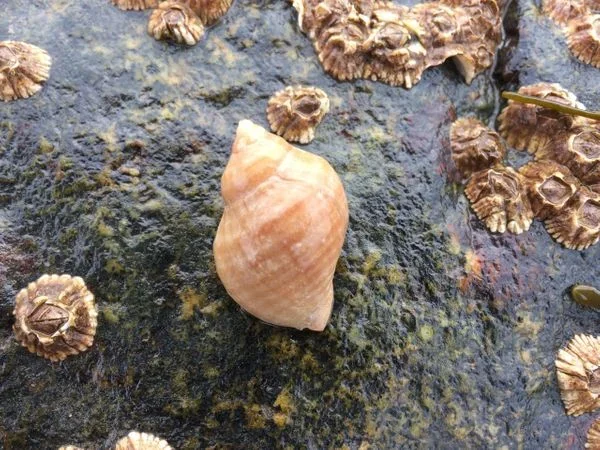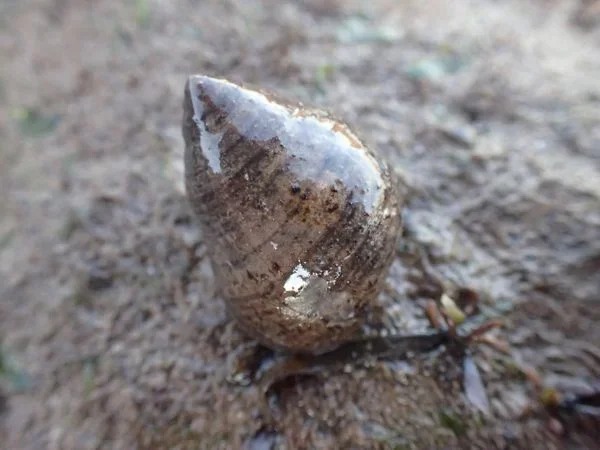 Image 1 of 3
Image 1 of 3

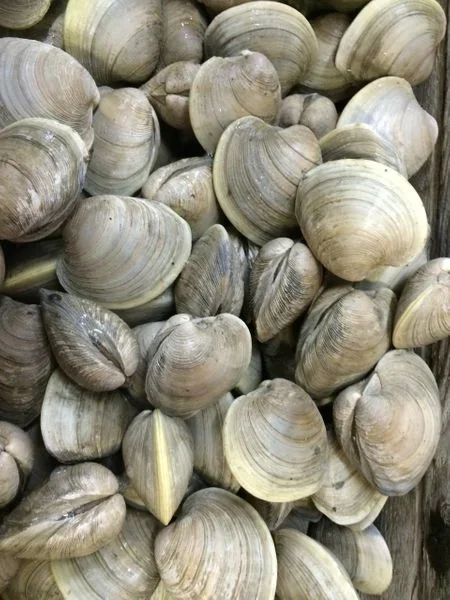 Image 2 of 3
Image 2 of 3

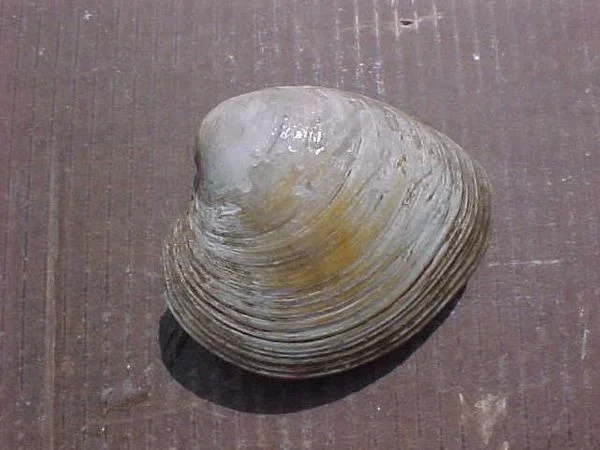 Image 3 of 3
Image 3 of 3




Quahog Clam (Mercenaria mercenaria)
Live Quahog Clam (Mercenaria mercenaria)
Wet, live, science specimen
The Quahog Clam (Mercenaria mercenaria), also known as the littleneck, cherrystone, or topneck clam depending on size, is a hard-shelled bivalve commonly found in sandy mud at lower intertidal and subtidal zones. These iconic clams are vital to coastal ecosystems, filtering water and providing habitat for microorganisms and juvenile fish.
Each clam is hand-collected from Maine’s coastal flats and shipped fresh for use in educational settings or marine aquaria. Their sturdy shells and tolerance to a range of salinities make them an excellent teaching specimen for studying bivalve anatomy, filter feeding, and intertidal ecology.
Common name: Quahog clam, Littlenecks, Cherrystones, Topnecks
Scientific name: Mercenaria mercenaria
Locations: Sandy mud at lower intertidal and deeper
Seasonality: Available year-round
Colors: White & gray
Size: 1" – 5"
Collected: By hand, digging fork, dredge
Quantity: Sold by the each
Uses: Ideal for aquariums, touch tanks, classroom demonstrations, and marine biology labs focusing on mollusk anatomy and ecology.
Note: This is a live marine specimen. Natural variations in size, color, and appearance from photos should be expected. If you would like any specimen preserved, please send a request to: info@gulfofme.com.
Live Quahog Clam (Mercenaria mercenaria)
Wet, live, science specimen
The Quahog Clam (Mercenaria mercenaria), also known as the littleneck, cherrystone, or topneck clam depending on size, is a hard-shelled bivalve commonly found in sandy mud at lower intertidal and subtidal zones. These iconic clams are vital to coastal ecosystems, filtering water and providing habitat for microorganisms and juvenile fish.
Each clam is hand-collected from Maine’s coastal flats and shipped fresh for use in educational settings or marine aquaria. Their sturdy shells and tolerance to a range of salinities make them an excellent teaching specimen for studying bivalve anatomy, filter feeding, and intertidal ecology.
Common name: Quahog clam, Littlenecks, Cherrystones, Topnecks
Scientific name: Mercenaria mercenaria
Locations: Sandy mud at lower intertidal and deeper
Seasonality: Available year-round
Colors: White & gray
Size: 1" – 5"
Collected: By hand, digging fork, dredge
Quantity: Sold by the each
Uses: Ideal for aquariums, touch tanks, classroom demonstrations, and marine biology labs focusing on mollusk anatomy and ecology.
Note: This is a live marine specimen. Natural variations in size, color, and appearance from photos should be expected. If you would like any specimen preserved, please send a request to: info@gulfofme.com.

Bushel of Quahog hardshell clams.
Tidepool Tim says, “Quahogs are hard-shelled clams. We do not have them locally in our bays as it seems the water here is too cold. We collect them in mid-coast Maine and to the south. These are probably the most known clam in the entire us. They sit in the sand with just the top edge of their shells protruding from the bottom so that they can filter feed and grow. Humans love to eat these clams and the purple insides of shells were once used as wampum by the Native Americans. Chickens are sometimes fed ground up quahog shells as an addition to their grain diet. The calcium in the shells aids them in producing the shells of their eggs.”


